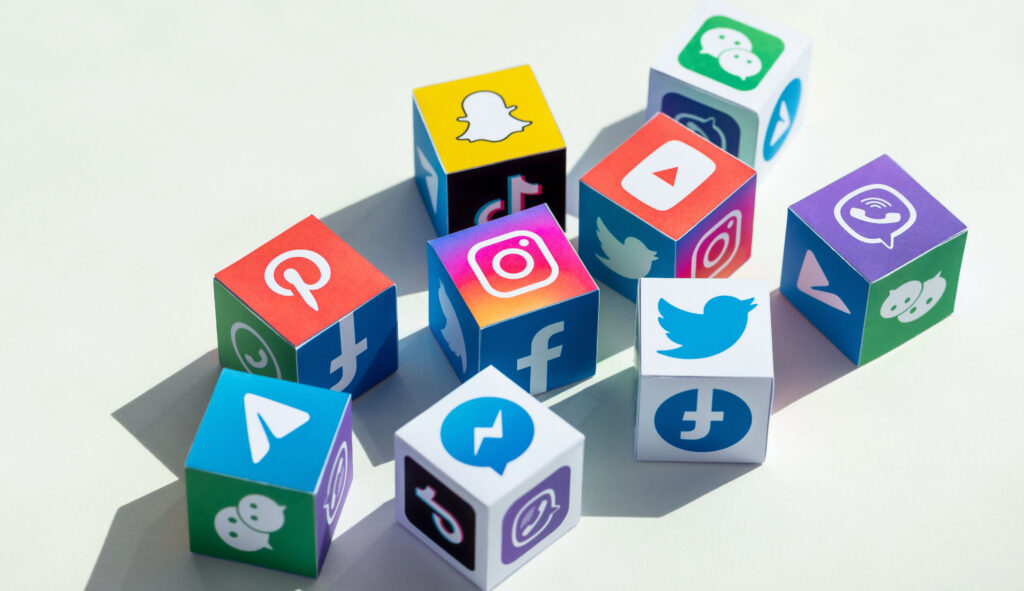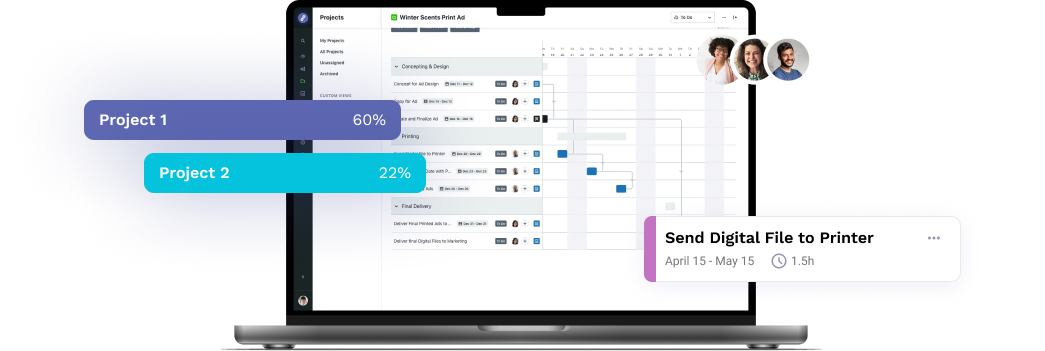
Introducing Your New Brand Logo
Rebranding is the one thing CMOs, brand managers, designers and other marketers are likely to experience at one point of their careers or another. A small, but integral, part of what goes into a rebrand is the introduction of a new logo. So, what are the things you must keep in mind when deciding on a new one? Given that your new logo will enter the public domain as soon as you announce it, you may want to consider the following:
- How do you introduce your new logo to your own people?
- Does this differ from its introduction to externals? How so?
- How do you go about ensuring your new logo is accepted?
- And how do you ensure people adopt it and use it as intended?
When a logo has been around for years, using it correctly can still be challenging. It takes truly little imagination to predict the impact that introducing a new logo will have. By that, we mean that you’re sure to run into at least some resistance, depending on:
- How long the company has had the old logo for
- And how strongly people feel about it
Then again, there is always resistance to change, as proven in the introduction of the new logo for the Netherlands. You’ll need to think about why and when to introduce a new logo. Next to that, you must also create a new logo. And you should think beforehand about stimulating its proper usage.
Recommended readings: Image File Format Guide: When Should You Use Each of Them?, Logo Examples: The Good, the Bad, and the Ugly
Before you can do all that, we need to address the following – why is a logo so important to begin with?
Why Is Your New Brand Logo & Its Usage So Important?
Simple – because it stands for the most important thing about your organization – the brand itself. Branding has been proven to add financial value to an organization. Your logo is often the first thing people see, and the first thing people will remember about your brand. The logo is one of the things that create the strong connection that consumers feel with your brand. It’s your brand’s prime identifier – a vessel that carries your brand’s North Star.
Color, font, and symmetry – all these contribute value to your brand through your logo. They act like universal guidelines that every organization can use to ensure the creation of a great new logo. However, people need to be reminded of your logo often. Memory, feelings, and associations form the psychological mechanisms that a brand is built upon.
You know you’ve successfully left a strong impression on your audience when they:
- Know who you are
- Know what to expect from you
- Trust and like you
You can achieve this with your behavior, your words, and your brand visuals – of which your logo is the primary.
Brand Evolution: When, Why & How to Introduce a New Brand Logo
If you’re working on creating an entirely new brand, the logo will be developed as an integral part of the brand, together with the core messaging, brand name and all other brand assets. Most of the time however, especially in the context of larger – and thus, existing – corporations, a new logo will be part of a broader re-branding. This can be due to a merger or for instance if the changing internal or external environment has led to a need for a renewal of the brand identity.
Now, how do you go about creating and introducing your new logo, its variations and brand identity?
Recommended Best Practices
1. Appoint Your Brand Owner
Make sure to have a person on your team who is a decision maker with the authority and budget to make decisions relating to brand identity.
2. Listen to Every Stakeholder
Be sure to speak to all the right and relevant stakeholders when trying to pin down the identity, purpose, and core story of your organization. This will make briefing the creative agency or designer you’ll select easier.
3. Choose the Creator of Your Logo
And do so wisely. First, assess their experience, both in its duration and area(s) of expertise. Then, examine their take on and sense for the brand and, finally, decide whether their vision for the new logo and their way of going about it suits your needs.
4. Look for Literacy
Be sure the person or team you’re going to work with understand the languages of business and design. Conversely, make sure that your briefing is crystal clear and can be easily understood and used by a designer.
5. Get External Feedback
Your brand lives in the space between what stakeholders feel when they think about your brand and what you would want them to feel. It may be a clever idea to incorporate interviews and reviews with external stakeholders into the process.
You must introduce your new logo in conjunction with introducing the entirety of the new brand. It may pay to treat it as a regular occurrence, more so than a one-off exercise. Be sure to think about adoption, brand guidelines and their governance beforehand.
How Do You Stimulate Consistent & Correct Usage of a New Brand Logo?
The more people understand about the value branding adds to their organization, the more they’re likely to care about contributing to its consistency. If they understand why a logo looks the way it does and how using it properly helps a brand be more powerful, they’ll be more likely to keep following your guidelines.
It should be clear who oversees your brand and the management of its assets. Often, this responsibility falls on the marketing team. It’s wise to have processes and guidelines in place that show people how to use brand assets properly. Regardless of what you choose, it’s always a great idea to have a cloud-based digital brand book or style guide that provides universal centralized access to your brand’s assets and facilitates and promotes their correct usage.
Lytho helps you streamline your entire workflow and harmonize all brand collateral under a single, uniform platform. Feel free to reach out to us by scheduling a demo and learning how our creative solutions can boost the effectiveness of your creative projects. We look forward to speaking with you!
Do you want to give yourself and your creative team more room for creative stimulation by automating the boring stuff? Lytho helps you streamline your entire workflow and harmonize all brand collateral under a single, uniform platform. Feel free to reach out to us by scheduling a demo and learning how our creative solutions can boost the effectiveness of your creative projects. We look forward to speaking with you!

Ready to simplify your creative operations and start having a little fun at work again? Schedule time to talk with us.
Let us show you how Lytho’s Creative Operations Platform helps in-house creative and marketing teams do better work, ease the stakeholder experience, and stay on brand.
Schedule a Demo